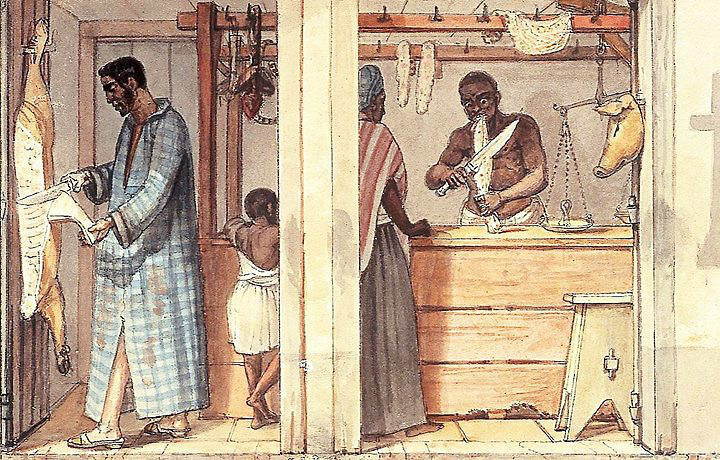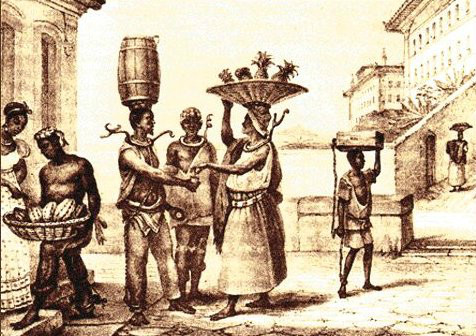Brazilian - Food
 History of Brazilian cuisine
History of Brazilian cuisine

The cuisine of Brazil is the result of a mixture of European ingredients , indigenous and africanos.1 Many of preparation techniques and ingredients are of indigenous origin , having been adapted by the slaves and Portuguese . These were adaptations of his typical substituting ingredients that were missing with corresponding local dishes. Feijoada , a typical dish of the country , is an example disso.2 The slaves brought to Brazil from the late sixteenth century , amounted to national culinary elements like oil - for-palm and couscous . The waves of immigrants received by the country between the nineteenth and twentieth centuries , coming in large numbers from Europe , brought some innovations to the national menu and simultaneously strengthened the consumption of various ingredients .
The daily diet , taken in three meals , involves drinking coffee with milk , bread, fruit , cakes and sweets for breakfast , beans and rice for lunch , basic meal of Brazil , to which are added, sometimes , pasta , meat , salad and potato , dinner , soups and also the various regional foods .
The spirits were brought by the Portuguese or , like cachaça , made on earth . The wine is consumed too much , sometimes water and sugar added in known bleeding . Beer in turn began to be consumed in the late eighteenth century and is today one of the most common alcoholic beverages .
The most visible culinary belong to the states of Minas Gerais and Bahia , which are known throughout Brazil , and even honored in food fairs in Europe.
In colonial times the Portuguese assimilated the ingredients of the natives of Africa , Asia and America to survive in foreign lands , but also out of curiosity . In Brazil, domestic food production was limited because the economy was all geared for export.
The current constituent colonial cuisine culinary bases in the country can be divided into four streams : 3 to the sugar coast , to the north, the Bandeirantes leading from the town of Sao Paulo Piratininga and the fourth livestock .
In the north, the inhabitants depended more indigenous to survive and to collect the drugs backcountry knowledge and therefore their diets included dishes and ingredients like beef, fish like arapaima , the meat of alligators , turtles - beyond their eggs - and Manatee which is also made butter , and fruit .
As the land near the village of São Paulo Piratininga was unsuitable for the cultivation of sugar cane , the economy turned inward, looking for gold , precious stones and detention of indigenous and therefore could develop subsistence crops . The plantation system of the Tupi - where they cultivate small strategic areas - was tapped by rating: A planting area so that there was food on the trip volta.4 The story itself influenced the cuisine of each region .